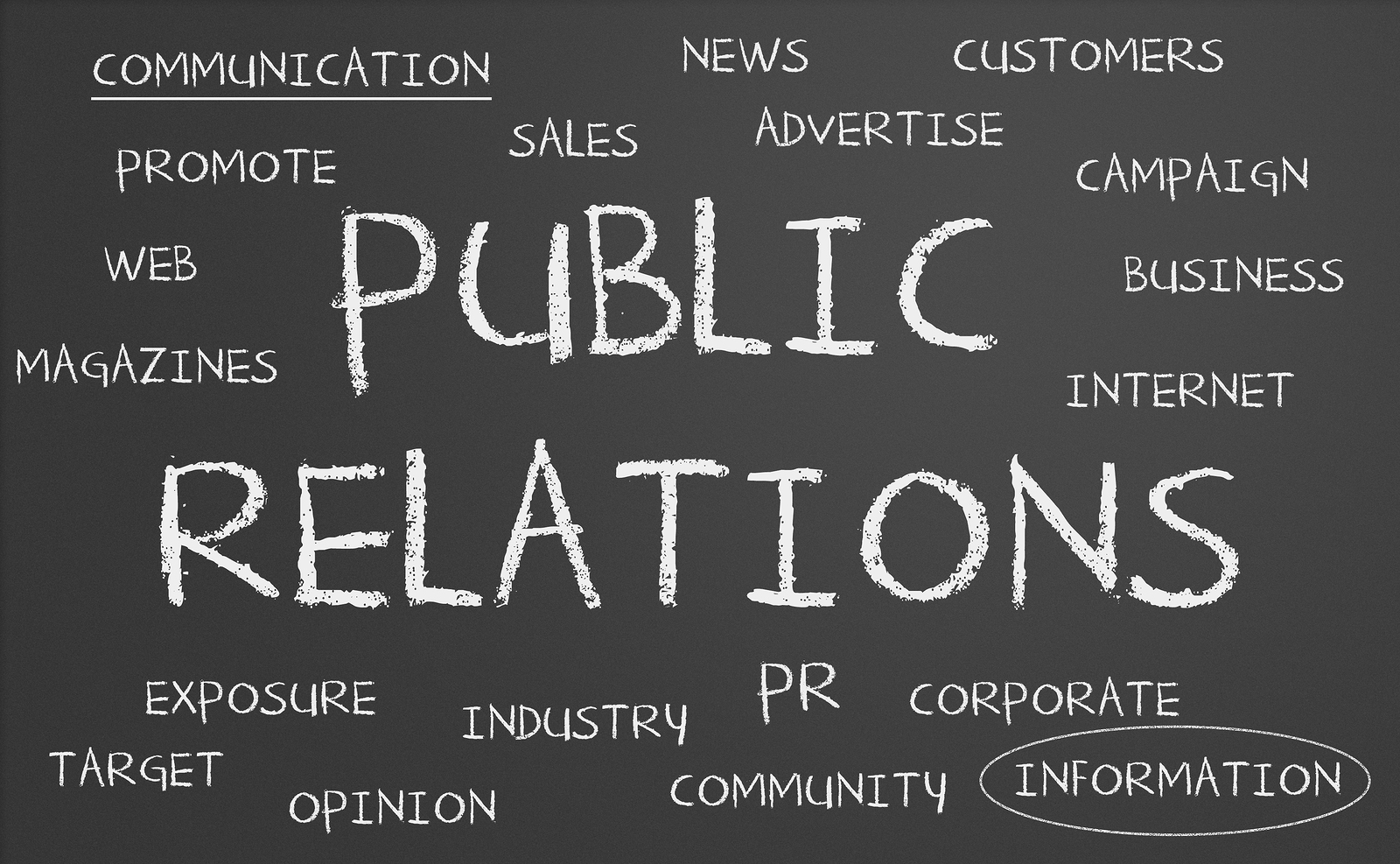In today’s hyper-connected digital landscape, businesses must navigate through various channels to effectively communicate their message and engage with their target audience. Two crucial components of any successful marketing strategy are Public Relations (PR) and Digital Marketing.
While both aim to enhance brand visibility and reputation, they operate through distinct methodologies and approaches. Understanding the differences between Public Relations and Digital Marketing is essential for businesses to allocate resources effectively and achieve their marketing goals.
Public Relations: Cultivating Relationships and Managing Reputation
Public Relations revolves around managing the relationship between an organization and its stakeholders, including customers, employees, investors, and the public at large. PR professionals focus on cultivating a positive public image for their clients or companies by leveraging earned media, strategic communications, and relationship-building tactics.

Key Characteristics of Public Relations:
- Media Relations: PR professionals work closely with journalists and media outlets to secure positive coverage for their clients. This involves pitching stories, arranging interviews, and responding to media inquiries to shape public perception.
- Crisis Management: In times of crisis or controversy, PR professionals play a critical role in managing the organization’s reputation and mitigating negative publicity. They develop communication strategies to address issues transparently and maintain trust with stakeholders.
- Brand Reputation: PR is focused on building and maintaining a positive brand reputation over the long term. This involves fostering credibility, trust, and authenticity through strategic messaging and consistent communication.
Digital Marketing: Leveraging Technology for Targeted Outreach
Digital Marketing encompasses a broad range of tactics aimed at promoting products or services through digital channels such as websites, social media, search engines, email, and mobile apps. Unlike PR, which often relies on earned media, Digital Marketing involves both paid and organic methods to reach and engage with target audiences.

Key Characteristics of Digital Marketing:
- Targeted Advertising: Digital marketers leverage data analytics and targeting tools to reach specific demographics or audience segments with personalized advertising messages. This allows for greater precision and efficiency in reaching potential customers.
- Content Marketing: Content lies at the heart of Digital Marketing strategies. Marketers create valuable, relevant, and engaging content such as blog posts, videos, infographics, and social media posts to attract and retain the attention of their target audience.
- Performance Tracking: Digital Marketing provides extensive data and analytics capabilities, allowing marketers to track the performance of their campaigns in real-time. This enables them to measure key metrics such as website traffic, conversion rates, and return on investment (ROI) and optimize their strategies accordingly.
Conclusion:
While Public Relations and Digital Marketing share the common goal of enhancing brand visibility and reputation, they employ different tactics and strategies to achieve these objectives. Public Relations focuses on relationship-building, reputation management, and earned media, whereas Digital Marketing leverages technology, data, and digital channels for targeted outreach and engagement. By understanding the distinctions between these two disciplines, businesses can develop comprehensive marketing strategies that effectively communicate their message and resonate with their target audience in today’s digital age.

0 Comments